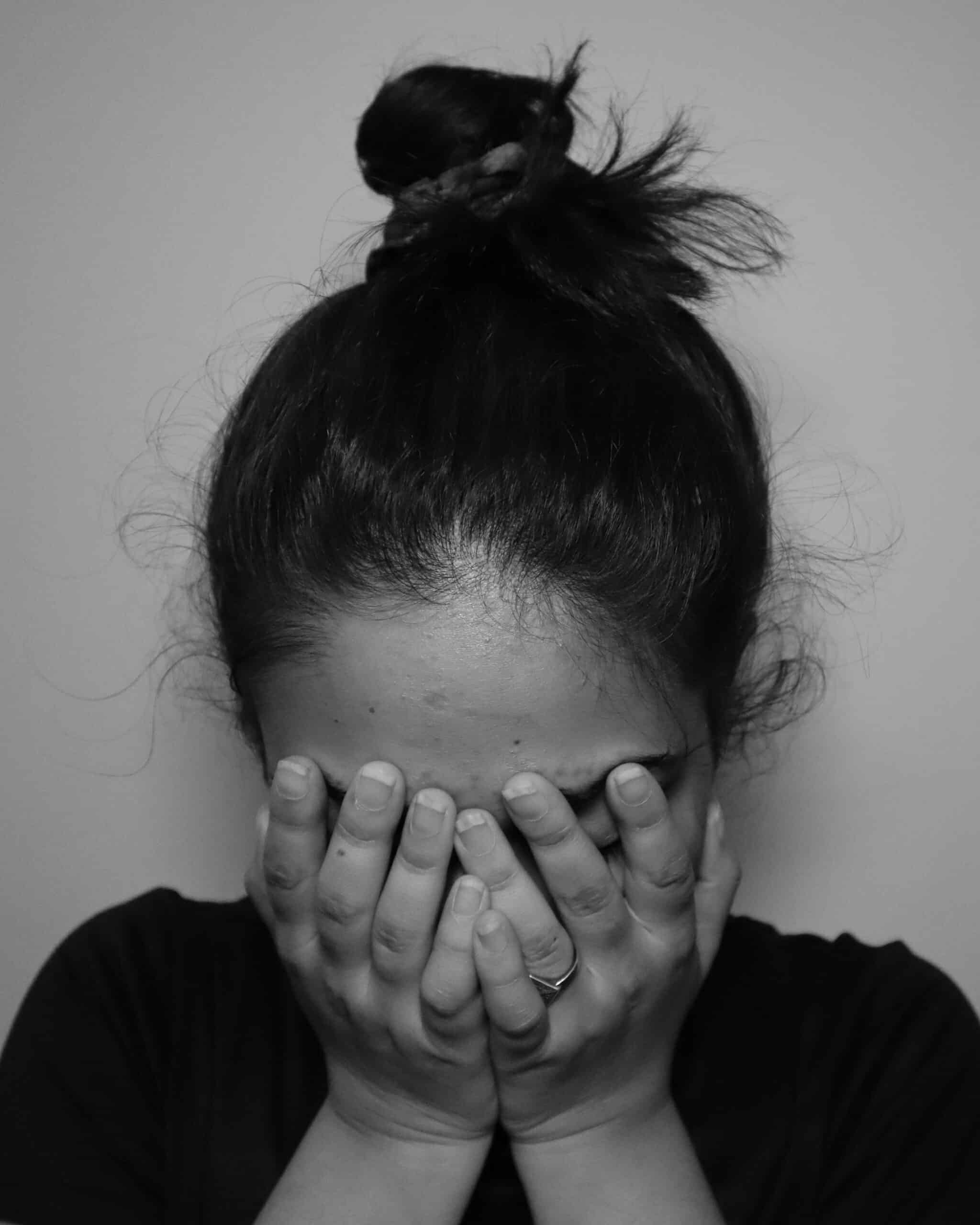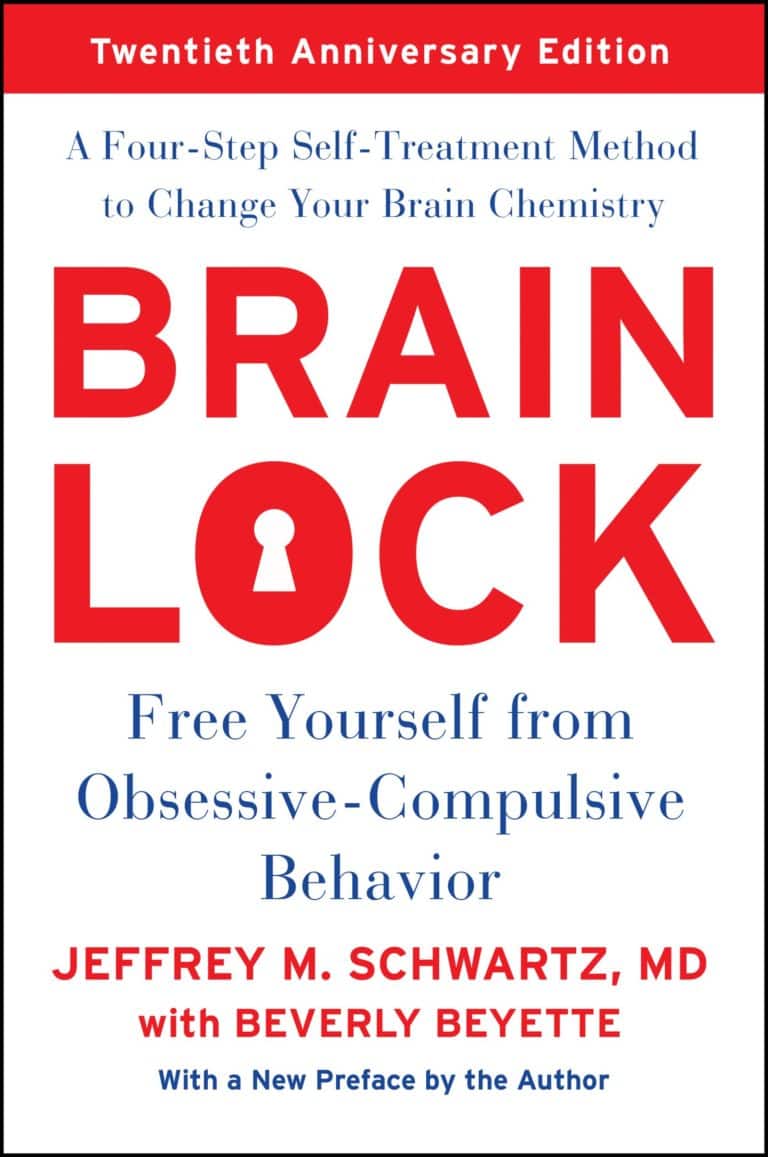Understanding the Intersection: OCD and BPD

Navigating the complexities of mental health brings us to a juncture where Obsessive-Compulsive Disorder (OCD) and Borderline Personality Disorder (BPD) often intersect. These are not standalone challenges; individuals frequently find themselves contending with both.
In this exploration, we delve into the shared terrain of OCD and BPD, understanding how they intertwine and the evolving strategies that offer relief. From the basics to the nuances of treatment, this journey seeks to unravel the threads that bind these disorders, shedding light on the path toward comprehensive well-being.
What is OCD
OCD stands for Obsessive-Compulsive Disorder. It’s a mental illness characterized by persistent, unwanted thoughts (obsessions) and repetitive behaviors or mental acts (compulsions) aimed at reducing anxiety or preventing a feared event.
People with OCD often experience significant distress due to their obsessions and compulsions. Common obsessions include fears of contamination, harm, or the need for symmetry, while compulsive behavior may involve rituals like washing, checking, or counting. OCD can interfere with daily life, but various treatments, including therapy and medication, can help manage symptoms.
It’s essential to consult with mental health professionals for accurate diagnosis and personalized treatment plans.
What is BPD
BPD typically refers to Borderline Personality Disorder. According to the diagnostic and statistical manual (DSM), BPD is listed under personality disorders characterized by unstable relationships, self-image, and emotions.
Individuals with BPD may struggle with intense and sudden mood swings, impulsive behaviors, fear of abandonment, and difficulty forming stable connections. Therapy, particularly dialectical behavior therapy (DBT), is commonly used to help manage symptoms and improve overall well-being.
People with Borderline Personality Disorder may also engage in self-harming behaviors, have a distorted sense of self, and experience chronic feelings of emptiness. The disorder often emerges in adolescence or early adulthood and can impact various areas of life.
Treatment may involve a combination of psychotherapy, medication, and support to address underlying issues and enhance coping skills. Seeking professional help is crucial for accurate diagnosis and tailored treatment plans.
What causes OCD and BPD

The exact causes of OCD and BPD are not fully understood, and both conditions likely result from a combination of genetic, biological, and environmental factors.
For OCD, there may be a genetic predisposition, as it tends to run in families. Imbalances in certain neurotransmitters, particularly serotonin, are also thought to play a role in the development of OCD. Additionally, life stressors or traumatic events might contribute to triggering or worsening symptoms.
Similarly, developing borderline personality disorder is believed to have a genetic component, with a higher risk among individuals with a family history of the disorder.
Environmental factors, such as childhood trauma, neglect, or unstable family relationships, may also contribute to its development. Neurobiological factors, including abnormalities in brain structure and function, are under investigation as well.
It’s important to note that mental health conditions are complex, and individual experiences may vary. Consulting with mental health professionals can provide a more accurate understanding of specific causes and guide appropriate treatment approaches.
Can OCD cause BPD?
OCD and BPD are distinct mental disorders, and having one doesn’t directly cause the other. However, it’s possible for individuals to experience comorbidities, meaning they can have both disorders simultaneously.
Co-occurrence of OCD and BPD is not uncommon, and they can share some overlapping symptoms, such as difficulties with impulse control and emotional regulation.
The relationship between different mental health disorders is complex, and their development is influenced by various factors, including genetic predisposition, environmental influences, and neurobiological factors.
Comorbidity between OCD and BPD can present challenges in diagnosis and treatment. Some studies suggest that individuals with both disorders may experience more severe symptoms and a higher risk of other conditions such as eating disorders and anxiety disorders.
Understanding the specific ways these comorbid personality disorders interact is an ongoing area of research. It’s important to consider that mental health is complex, and each person’s experience is unique.
Can BPD cause OCD?
Borderline Personality Disorder (BPD) doesn’t directly cause Obsessive-Compulsive Disorder (OCD). Both are separate mental health conditions with distinct diagnostic criteria.
However, individuals can experience comorbidities, meaning they may have more than one mental health disorder simultaneously. For people who have OCD, the risk of facing a comorbid personality disorder is 52%.
Comorbidities are complex, and the relationship between different disorders can vary. While the presence of BPD doesn’t cause OCD, there might be shared risk factors or underlying vulnerabilities that make an individual susceptible to both conditions.
Genetic, environmental, and neurobiological factors contribute to the development of mental health disorders, and each person’s experience is unique.
Consulting with mental health professionals for a comprehensive evaluation is essential to understand the specific challenges an individual faces and to determine appropriate treatment strategies.
The link between OCD and BPD
The link between Obsessive-Compulsive Disorder (OCD) and Borderline Personality Disorder (BPD) is complex and not fully understood. While they are distinct disorders, there are some shared features and potential connections:
Common Comorbidity Individuals with BPD may have a higher likelihood of experiencing comorbid mental health conditions,, OCPD (Obsessive Compulsive Personality Disorder),APD (Avoidant Personality Disorder), Dependent Personality Disorder, and SPD (Schizotypal Personality Disorder). This co-occurrence can present challenges in diagnosis and treatment.
Overlapping Symptoms Both disorders can involve difficulties with impulse control, emotional regulation, and intense, distressing thoughts. Some individuals with BPD may engage in compulsive behaviors similar to those seen in OCD.
Neurobiological Factors There’s ongoing research exploring the neurobiological underpinnings of various mental health disorders. Shared neurobiological factors could contribute to the co-occurrence of OCD and BPD
Trauma and Stress Both BPD and OCD have been associated with a history of trauma or stressful life events. Trauma can be a contributing factor to the development or exacerbation of these disorders.
Treatment Considerations Therapeutic approaches that address emotional dysregulation, such as dialectical behavior therapy (DBT), are commonly used for individuals with BPD. In cases of comorbidity, treatment plans may need to integrate strategies from both BPD and OCD therapies.
It’s essential to recognize that the relationship between mental health disorders is intricate, and individuals can have unique experiences. Seeking professional evaluation and guidance can help clarify the nature of symptoms and guide appropriate treatment.
Treatments used for OCD and BPD

Cognitive-Behavioral Therapy (CBT)
Exposure and Response Prevention (ERP), a specific form of CBT, is highly effective for OCD.
It involves exposing individuals to thoughts, images, or situations that trigger anxiety (exposure) and preventing the accompanying compulsive rituals (response prevention).
Medication
Selective serotonin reuptake inhibitors (SSRIs) and other antidepressants are often prescribed to help alleviate OCD symptoms. These medications affect neurotransmitters in the brain and can be a useful component of treatment.
Dialectical Behavior Therapy (DBT)
This type of therapy is specifically designed for individuals with Bipolar Disorder.
It combines cognitive-behavioral techniques with mindfulness and acceptance strategies to help regulate negative emotions, improve interpersonal relationships, and build distress tolerance.
Integrated Treatment
Addressing both disorders simultaneously often involves an integrated approach. Therapists may combine elements of ERP for OCD with strategies from DBT to address emotional dysregulation and interpersonal difficulties.
It’s crucial for individuals to work closely with mental health professionals to develop a personalized treatment plan based on their specific needs and challenges.
Treatment success often involves a combination of therapeutic interventions, medication, and ongoing support.
Final Thoughts – OCD and BPD
To sum it up, dealing with both Obsessive-Compulsive Disorder (OCD) and Borderline Personality Disorder (BPD) isn’t simple.
They have their own issues, but often, people can have both at the same time. Combining therapies like Exposure and Response Prevention (for OCD) and Dialectical Behavior Therapy (for BPD), along with some meds, seems to work best.
Figuring out how these disorders connect and tailoring treatments for the individual is crucial. With ongoing support and teamwork between individuals and their support networks, we’re making progress in finding better ways to help.
